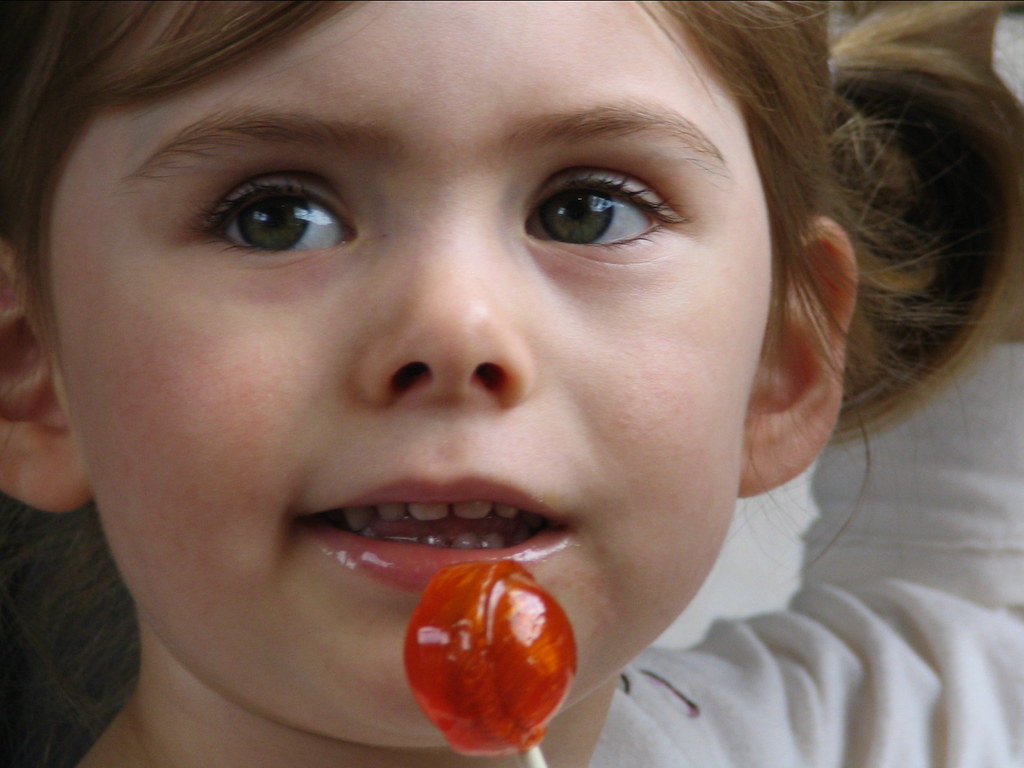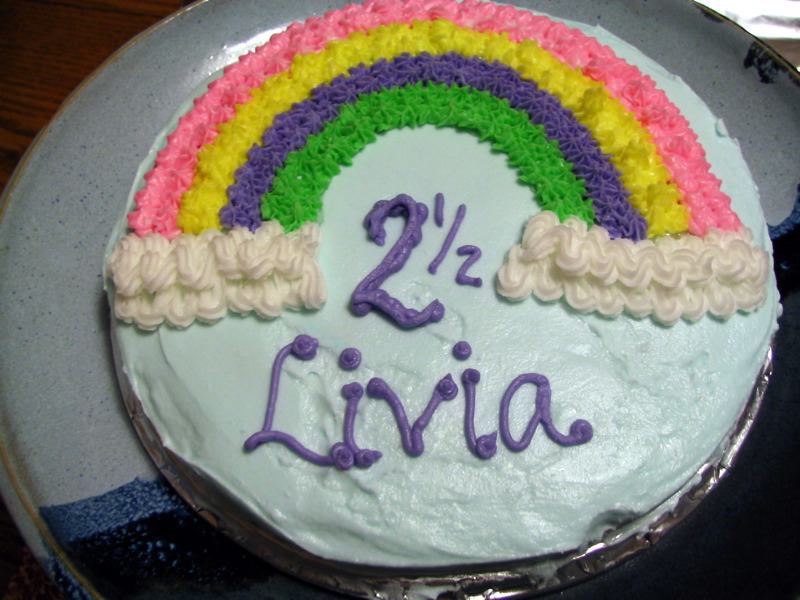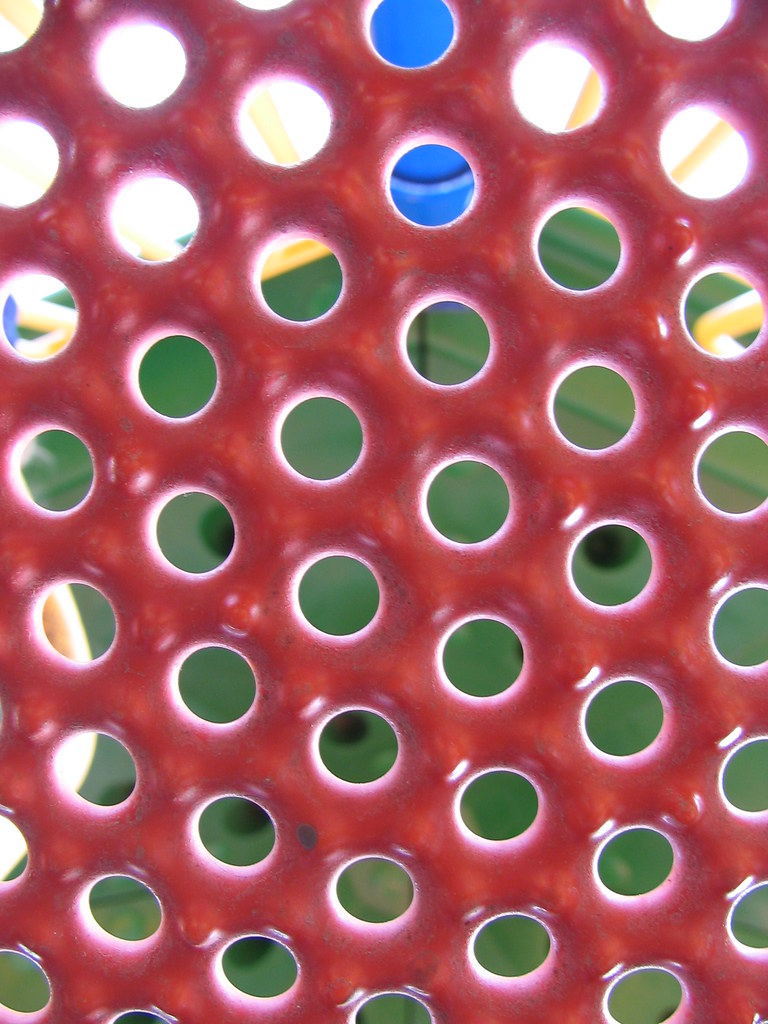People who know me know that I like to follow the rules, that I usually play the role of the “good girl,” and that I am a people-pleaser.
Type 1 diabetes oftentimes bucks the rules, it tends to encourage rebelliousness within me, and it forces me to contend with my people-pleasing persona.
The rules of diabetes are arranged by a frustrated immune system that didn’t play fairly in the first place. At some point in my earthly existence, some cells attacked some other cells (the insulin-producing ones in my pancreas) and now those other cells don’t produce insulin. A body needs insulin to survive so I thank Jesus I was born in an age where we know how to treat diabetes and I learned how to give myself insulin multiple times a day.
Wouldn’t it be nice if that was the end of the story? The rule-follower, good girl, people-pleasin’ me would be a huge success.
Alas, the story continues like this. Managing diabetes is like riding on a seesaw, only this seesaw ride is fairly treacherous. You don’t want to go too high and you don’t want to drop all the way to the ground – in the middle is the sweet spot (you’ll not find diabetes puns here, by the way, so don’t go looking for them) and in the middle is where the normal body resides. Managing diabetes is all about the balance between the highs and lows.
So what makes the teeter-totter shoot all the way up? Carbohydrates, stress, illness, certain medications, menstrual cycles. Every time I put something in my mouth I need to compensate with insulin to remain in that precious middle ground. Every damn time. Well, that’s not fair; I can eat sugar-free jello and drink sugar-free sodas, and of course there’s always water and small bowls of lettuce without dressing. (Mmmm, right?) So endocrinologists come up with an insulin-to-carb ratio that helps keep blood sugars level. And just when you think you’ve got it figured out, stress, illness or “that time of the month” sneaks in and shoots the seesaw way up in the air. Case in point, last night my blood sugar was around 120 at bedtime (normal is 80-120), 156 in the middle of the night, and then a whopping 230 by morning. What happened? Was it stress, my cycle, this sore throat I’ve been fighting? Not sure, all I knew was that it needed to come down pronto. And it did a few hours later after I gave more insulin at breakfast.
On the flipside, diabetes can send the seesaw crashing down fast to a very hard place. How does this happen? An excess of insulin, exercise, eustress (for me at least). In high school I joined my choir on an exciting trip to New York City to sing at Lincoln Center. On the plane ride to the Big Apple my blood sugar dropped and dropped and dropped again. My poor thrilled self was just eating up all the glucose in my body and I can remember drinking lots of juice and eating my chaperone’s fruit cup from her breakfast tray. Nowadays I tend to drop low due to excessive doses of insulin. Sometimes I calculate my carbs inaccurately, or I get overzealous to correct a high, and I end up paying for it in cold sweats, a beating heart and a humongous appetite. Hypoglycemia is not a pretty thing – your brain sends huge signals that your body NEEDS SUGAR NOW. More than one person with diabetes has eaten mass quantities from the frig during a low blood sugar reaction. Though it’s appropriate to treat a low with around 15 grams of carbohydrate, sometimes it’s hard to be calculating and non-reactive when your body feels like it’s going nuts.
I struggle greatly with the fact that my body isn’t a computer; I can’t simply follow that insulin : carb ratio and then expect perfect blood sugars. Diabetes is a work in progress, a constant tweaking of numbers and situations in order to achieve an average of good glucoses. Sometimes I get caught up in eating a meal and forget to give myself insulin. Sometimes I stick my hand in the candy jar and decide to not count every gummy bear I’m eating. Sometimes I just want to enjoy an ice cream cone and not estimate a carb count. Sometimes I get sad, or really happy, or I run around the park with my toddler and then have no clue if my blood sugar is headed up or headed down.
And for many years, very recent years, I stopped caring about my blood sugar.
I dealt with rheumatoid arthritis, adopting a baby, and interpersonal crises instead. I very willingly put care of diabetes on hold to deal with all this.
But I don’t want to live like that anymore.
I still want to keep the peace with people in my life, including my endocrinologist, but I’m learning that it’s impossible to look “good” all the time. Real life, real life with diabetes, will always be imperfect. And that’s totally okay, it’s the averages that count. I still want to abide by the rules, and yet I actively choose to break them each day. And really, every once in awhile that’s okay, too. Sometimes it takes too stinkin’ long to count those gummy bears. It’s the overall picture of health, the denial of the desire for dessert at every meal and the struggle for self-control that are important.
Diabetes is changing me. And I hope that people who know me see that, too. It’s challenging me, softening me, maturing me, teaching me. Boy, do I hate to admit anything good about this condition, but there it is. It’s changing me… for the better.








